Seagrass Ecosystem Services Project
Seagrass Ecosystem Services Project
The ‘Conservation of biodiversity, seagrass ecosystems and their services – safeguarding food security and resilience in vulnerable coastal communities in a changing climate’ project (Seagrass Ecosystem Services project) is managed by the Secretariat of the Memorandum of Understanding on the Conservation and Management of Dugongs and their Habitats throughout their Range of the Convention on the Conservation of Migratory Species of Wild Animals (CMS Dugong MOU) and funded by the International Climate Initiative (IKI)
This is the first project in the Indo-Pacific region delivering site-specific assessments of seagrass health and threats, and to evaluate the ecosystem services seagrass provides.
To support community-led conservation, the project develops business models that provide sustainable sources of financing to community groups leading seagrass conservation efforts, and encourages communities to share their stories in order to raise the profile and change the narratives on seagrass and dugong conservation.
As a project partner, Seagrass-Watch will support the national partners to assess the extent and health of seagrass meadows, applying an initial mapping phase followed by long-term monitoring.
Local NGOs and coastal communities at the project sites are empowered to assess seagrass by the project’s technical and scientific experts, who offer technical tools and capacity building throughout the lifetime of the project. They work together to assess the ecosystem services provided by their specific seagrass meadows, such as fishery production and blue carbon.
Working closely with field practitioners, coastal communities, and technical experts in five southeast Asian countries.
- Indonesia
- Malaysia
- Philippines
- Thailand
- Timor-Leste
The information collected during these assessments is used to guide and influence local NGOs, coastal communities and other stakeholders in developing informed policy, ensuring that seagrass, the biodiversity it supports and the services it provides are protected.
Results from mapping data collected by National partners can be accessed here:
menu
This project is part of the International Climate Initiative (IKI). The Federal Ministry for the Environment, Nature Conservation and Nuclear Safety (BMU) supports this initiative on the basis of a decision adopted by the German Bundestag.
Supported by
COUNTRY PARTNERS
Map boundaries are indicative only.
The designations employed and the presentation of the material on this map do not imply the expression of any opinion whatsoever on the part of the Seagrass-Watch Global Observing Network concerning the legal status of any country, territory, city or area or of its authorities, or concerning the delimitation of its frontiers or boundaries.
There is no warrant the map or its features are either spatially or temporally accurate or fit for a particular use.
This map is provided without any warranty of any kind whatsoever, either express or implied.
Map boundaries are indicative only.
The designations employed and the presentation of the material on this map do not imply the expression of any opinion whatsoever on the part of the Seagrass-Watch Global Observing Network concerning the legal status of any country, territory, city or area or of its authorities, or concerning the delimitation of its frontiers or boundaries.
There is no warrant the map or its features are either spatially or temporally accurate or fit for a particular use.
This map is provided without any warranty of any kind whatsoever, either express or implied.


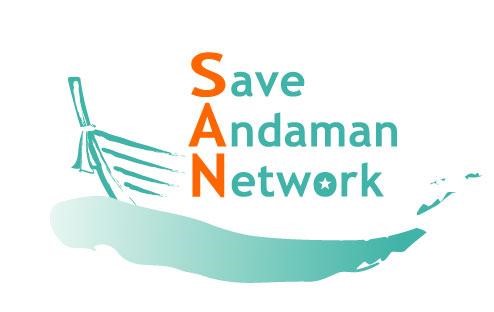
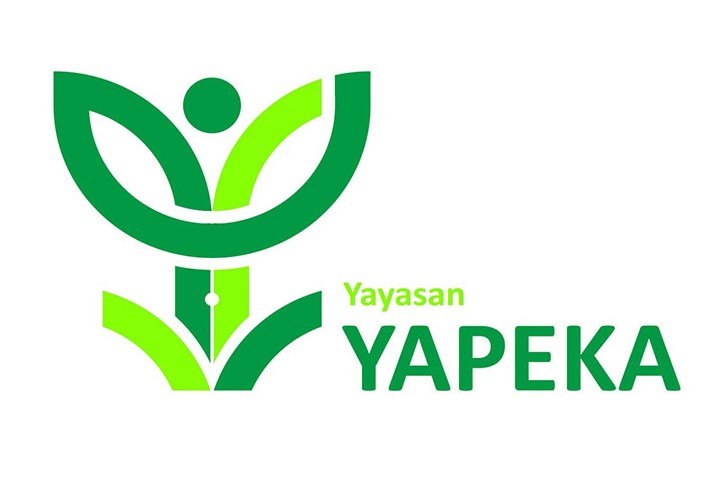
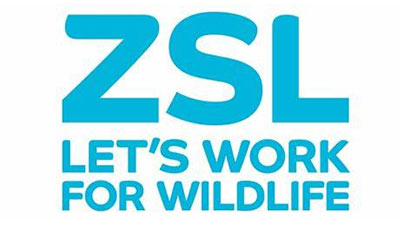

INDONESIA
The Indonesian archipelago is an important focal area for seagrass and dugong distribution, owing to its position as a conduit between the major basins of the Indian and Pacific Oceans.
In Indonesia, seagrass beds have been found all over the archipelago, from Sumatra to Papua and from North Sulawesi to south of the Nusa Tenggara. The total seagrass area in Indonesia is estimated to be 30,000 km², but this is not comprehensive and there are still many gaps in knowledge. A total of 12 seagrass species has been recorded throughout the archipelago, with Thalassia hemprichii the most widespread. The species Ruppia maritima was lost because of coastal development in Jakarta Bay and is now believed to have entirely disappeared from Indonesia – highlighting the need for urgent management and conservation measures.
MALAYSIA
Malaysia has more than 4,600 km of coastline, borders five major large bodies of water – the Straits of Malacca, Andaman Sea, South China Sea, Sulu Sea and Sulawesi Sea – and has more sea area than land territory under its control. It is classified as a megadiverse country, and its biodiversity is ranked 12th in the world in the National Biodiversity Index.
With 16 recorded species of seagrass, Malaysia ranks third in the world for seagrass diversity. The most diverse and highly developed seagrass communities are found in Sabah, Sarawak, and the southern and eastern portions of Peninsular Malaysia. There is, however, a need for an updated comprehensive survey of seagrass resources, as most recent studies assessing the importance of national ecosystems to local communities overlook seagrasses.
PHILIPPINES
The Philippines has some of the most diverse seagrass meadows in Southeast Asia, with 18 species of seagrass identified. Seagrass is widely distributed throughout the country – from Bolinao Bay (Pangasinan) in the north, Palawan and the Cebu-Bohol-Siquijor area in the centre, and Zamboanga and Davao in the south – and covers an estimated area of 27,282 km2. However, over the last 50 years, 30–50% of the seagrass meadows areas in the Philippines have been lost due to natural disasters, destructive fishing practices, dredging, sedimentation, pollution and unsustainable coastal development. Rapid population growth and climate change has exacerbated these impacts in recent years.
THAILAND
Thailand is one of the most biodiverse countries in southeast Asia, with over 2,000 km of coastline and more than 200 islands. Thai waters support more than 2,000 fish species, accounting for 10% of total fish species estimated worldwide.
Twelve species of seagrass representing seven genera of two families have been reported on the coastlines of the Andaman Sea and the Gulf of Thailand. The largest and most diverse area for seagrass is located around Koh Libong and Koh Muk, Trang Province – corresponding with the local dugong population’s most important feeding, nursery and reproduction areas.
TIMOR-LESTE
Seagrass conservation efforts in Timor-Leste have been impeded by substantial knowledge gaps. In 2007, the first broad-scale mapping of nearshore habitats in Timor-Leste took place along the northern coast. The results estimated the overall area of seagrass habitat in the area to be approximately 4,266 ha.
Research by WorldFish in 2020, showed that many women in local communities rely upon the practice of reef gleaning – the collection of intertidal marine resources (e.g., juvenile fishes, crabs, mollusks, and sea urchins) by hand or hand tool – as a source of reliable food in places where shallow reefs, seagrass and mangroves are close to shore.
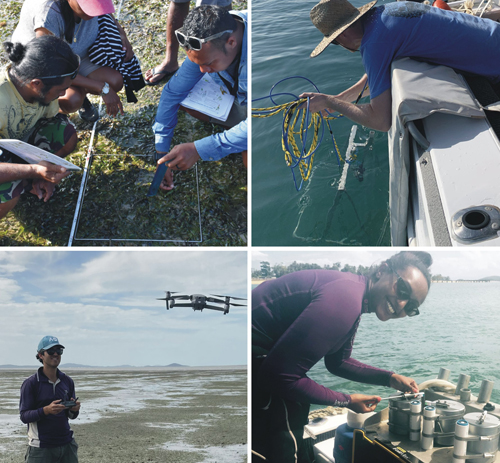
INDONESIA
The Indonesian archipelago is an important focal area for seagrass and dugong distribution, owing to its position as a conduit between the major basins of the Indian and Pacific Oceans.
In Indonesia, seagrass beds have been found all over the archipelago, from Sumatra to Papua and from North Sulawesi to south of the Nusa Tenggara. The total seagrass area in Indonesia is estimated to be 30,000 km², but this is not comprehensive and there are still many gaps in knowledge. A total of 12 seagrass species has been recorded throughout the archipelago, with Thalassia hemprichii the most widespread. The species Ruppia maritima was lost because of coastal development in Jakarta Bay and is now believed to have entirely disappeared from Indonesia – highlighting the need for urgent management and conservation measures.
MALAYSIA
Malaysia has more than 4,600 km of coastline, borders five major large bodies of water – the Straits of Malacca, Andaman Sea, South China Sea, Sulu Sea and Sulawesi Sea – and has more sea area than land territory under its control. It is classified as a megadiverse country, and its biodiversity is ranked 12th in the world in the National Biodiversity Index.
With 16 recorded species of seagrass, Malaysia ranks third in the world for seagrass diversity. The most diverse and highly developed seagrass communities are found in Sabah, Sarawak, and the southern and eastern portions of Peninsular Malaysia. There is, however, a need for an updated comprehensive survey of seagrass resources, as most recent studies assessing the importance of national ecosystems to local communities overlook seagrasses.
PHILIPPINES
The Philippines has some of the most diverse seagrass meadows in Southeast Asia, with 18 species of seagrass identified. Seagrass is widely distributed throughout the country – from Bolinao Bay (Pangasinan) in the north, Palawan and the Cebu-Bohol-Siquijor area in the centre, and Zamboanga and Davao in the south – and covers an estimated area of 27,282 km2. However, over the last 50 years, 30–50% of the seagrass meadows areas in the Philippines have been lost due to natural disasters, destructive fishing practices, dredging, sedimentation, pollution and unsustainable coastal development. Rapid population growth and climate change has exacerbated these impacts in recent years.
THAILAND
Thailand is one of the most biodiverse countries in southeast Asia, with over 2,000 km of coastline and more than 200 islands. Thai waters support more than 2,000 fish species, accounting for 10% of total fish species estimated worldwide.
Twelve species of seagrass representing seven genera of two families have been reported on the coastlines of the Andaman Sea and the Gulf of Thailand. The largest and most diverse area for seagrass is located around Koh Libong and Koh Muk, Trang Province – corresponding with the local dugong population’s most important feeding, nursery and reproduction areas.
TIMOR-LESTE
Seagrass conservation efforts in Timor-Leste have been impeded by substantial knowledge gaps. In 2007, the first broad-scale mapping of nearshore habitats in Timor-Leste took place along the northern coast. The results estimated the overall area of seagrass habitat in the area to be approximately 4,266 ha.
Research by WorldFish in 2020, showed that many women in local communities rely upon the practice of reef gleaning – the collection of intertidal marine resources (e.g., juvenile fishes, crabs, mollusks, and sea urchins) by hand or hand tool – as a source of reliable food in places where shallow reefs, seagrass and mangroves are close to shore.

The International Climate Initiative (IKI)
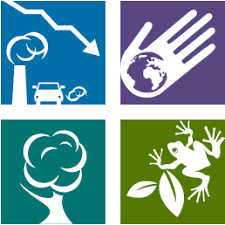 The International Climate Initiative (IKI) is one of the most important instruments of the Federal Ministry for the Environment, Nature Conservation and Nuclear Safety (BMU) for international financing of climate protection and biodiversity. The IKI acts in the context of the United Nations Framework Convention on Climate Change,UNFCCC) and the Convention on Biological Diversity, CBD). It finances climate protection and biodiversity conservation in developing and emerging countries as well as in transition countries. The IKI has committed over 750 climate and biodiversity projects in more than 60 countries with a total funding volume of over 4.5 billion euros (2008-2020).
The International Climate Initiative (IKI) is one of the most important instruments of the Federal Ministry for the Environment, Nature Conservation and Nuclear Safety (BMU) for international financing of climate protection and biodiversity. The IKI acts in the context of the United Nations Framework Convention on Climate Change,UNFCCC) and the Convention on Biological Diversity, CBD). It finances climate protection and biodiversity conservation in developing and emerging countries as well as in transition countries. The IKI has committed over 750 climate and biodiversity projects in more than 60 countries with a total funding volume of over 4.5 billion euros (2008-2020).
The project contributes to reducing knowledge gaps (status of seagrass ecosystems & the services they provide) by engaging local NGOs and communities in the conservation of seagrass.
NGOs are trained in participatory science to enable them to collect data and identify key seagrass areas. This information is then used to engage communities and decision makers in developing policies for seagrass conservation. In parallel, the project implements alternative business models in coastal communities to improve livelihoods and contribute funds for seagrass conservation. This enhances the sustainability of seagrass ecosystems in the Indo-Pacific.